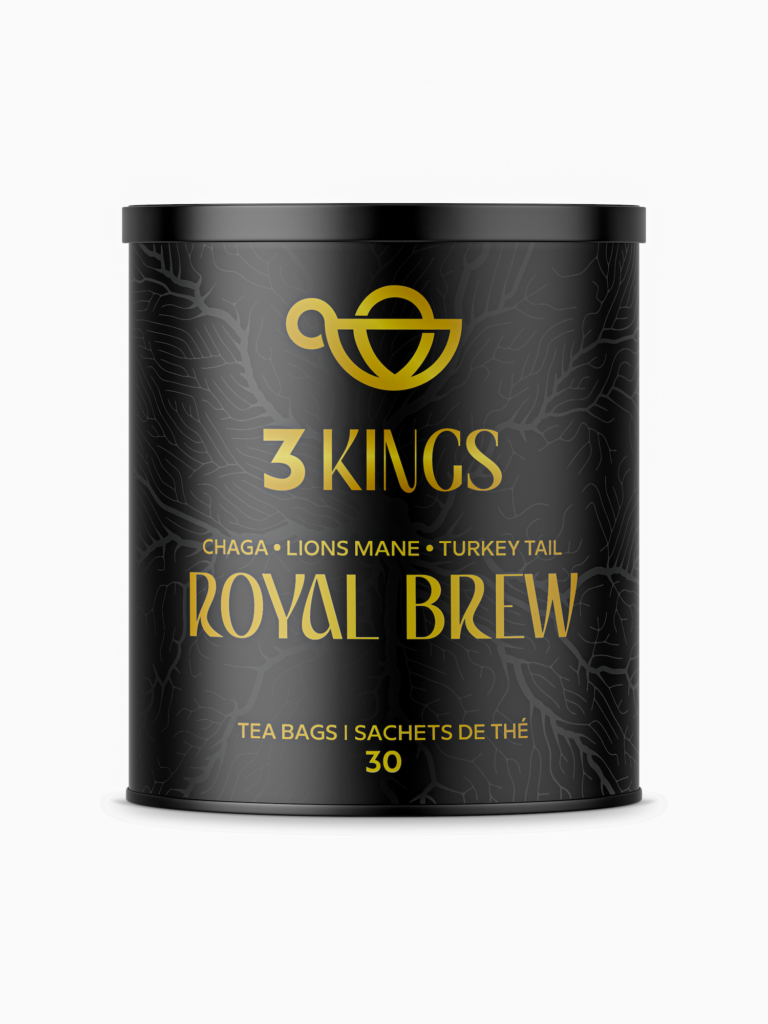The long-anticipated day that Overwatch League fans have been bracing for has finally arrived. Yesterday, OverActive Media, the parent company for the Toronto Defiant, confirmed its exit from the Overwatch League. The company revealed that it had agreed upon a termination fee of $6 million with Activision Blizzard, effectively ending all commitments to the League. This news solidifies that a majority of the teams within the Overwatch League have collectively voted to terminate their agreements, with each team owner set to receive a termination fee. As a result, the Overwatch League is set to conclude after six seasons.
“We are transitioning from the Overwatch League and evolving competitive Overwatch in a new direction,” stated John Nomis, associate PR manager for the Overwatch League. “We are grateful to everyone who made OWL possible and remain focused on building our vision of a revitalized esports program. We are excited to share these details with you all in the near future.”
This brings an ending to the League that came with a whimper rather than a bang. While it may seem sad and somewhat anticlimactic, given the League’s lofty goals of revolutionizing the esports scene, it is an ending that many have reconciled with. Most importantly, the army of dedicated fans, players, and staff who have lived, breathed, and worked in and around OWL did not have to abruptly face the news that the League they have loved for the past six years was no longer in existence. Instead, the ending has been a gradual drift, allowing for a period of acceptance akin to that of the loss of a beloved pet.
The signs of the League’s inevitable conclusion began at the start of the year with the announcement that the Chengdu Hunters would not be participating in the upcoming season. Subsequently, a series of updates, from layoffs at OWL teams to the postponement and eventual waiver of franchise fee payments, have foreshadowed the unavoidable outcome. Those involved with the League are grateful for the time they have had to prepare for this eventuality, rather than being blindsided by the dissolution of the League overnight.
The demise of the Overwatch League was inevitable, exacerbated by the burden of heavy financial investments and the effects of the global pandemic. The League was built upon valuations and venture capitalist interest, with each of the 20 franchise slots costing between $20–$30 million. However, the onset of the COVID-19 pandemic prevented the realization of the expected profits from live events, with Activision Blizzard additionally experiencing a loss of sponsorship revenue following legal challenges over allegations of permissive attitudes towards sexual harassment and discrimination. The decline in interest in Overwatch compounded the League’s struggle, with fewer updates and the rebranding of the game affecting its ability to retain and attract a wider audience.
Despite the end of the Overwatch League, Blizzard’s statement has confirmed that competitive Overwatch itself is not going away. The company has yet to confirm its future plans, with speculation that it may enlist the support of third-party tournament organizer ESL FACEIT to operate a new League. OverActive Media also indicated its intention to participate in the future iteration of the League. Statements released by other teams echoed a similar sentiment, expressing gratitude for the memories and affirming that this was not a final farewell, but rather a “see you later.”
While the closure of the Overwatch League marks the end of an era for competitive gaming, many remain optimistic about the future of Overwatch as an esport. As one player from the Florida Mayhem stated, “We will always be here, ready to play more games. We’re just waiting for you guys to call.” This encapsulates the enduring spirit and resilience of the Overwatch community, indicating that while the League may be ending, the passion for competitive Overwatch continues to thrive.











